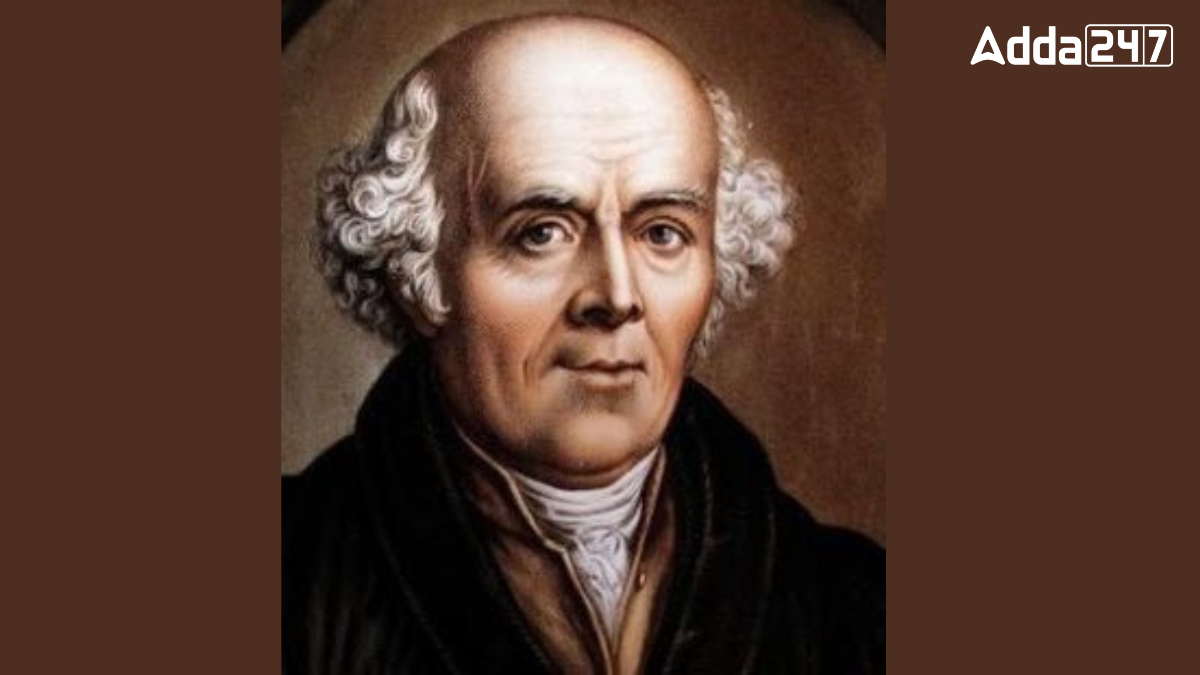Homeopathy is a unique system of medicine that focuses on natural healing. It uses every small amounts of substances to help the body recover from illnesses. This method is based on the idea that a substance causing symptoms in a healthy person can treat similar symptoms in a sick person. It was developed by a brilliant doctor who wanted a safer and gentler way to treat diseases.
Founder of Homeopathy
Homeopathy is a system of alternative medicine that was founded by Christian Friedrich Samuel Hahnemann. He was a German physician who believed that diseases could be treated by using very small doses of substances that cause similar symptoms in healthy people. This idea is called “like cures like.” Hahnemann developed homeopathy in the late 18th century as a response to what he saw as harmful medical treatments of his time, such as bloodletting and the use of toxic substances.
Early Life of Samuel Hahnemann
Sameul Hahnemann was born on April 10, 1755, in Meissen, Saxony (now Germany). His father was a painter who worked with porcelain. Hahnemann was very intelligent and learned many languages including English, French, Latin, Greek and Arabic.
He studied medicine at Leipzig University but later moved to Vienna for more medical training. In 1779, he earned his medical degree from the University of Erlangen.
Medical Career and Dissatisfaction with Medicine
After becoming a doctor, Hahnemann worked in different places in Germany. However, he soon became unhappy with the medical treatments of his time. Many doctors used harmful methods like bloodletting, purging and toxic medicines, which often made patients worse instead of better.
Because of this, Hahnemann stopped practicing medicine and started working as a translator of medical books. While translating, he came across a book that changed his thinking about medicine.
The Discovery of Homeopathy
While translating a medical book by William Cullen, Hahnemann read about a tree bark called cinchona, which was used to treat malaria. He decided to test it on himself and noticed that it produced malaria-like symptoms in his healthy body. This led him to a new idea:
A substance that causes symptoms in a healthy person can cure the same symptoms in a sick person.
This idea became the foundation of homeopathy.
Development of Homeopathy
Hahnemann began testing different substances on himself and others. He recorded the effects and created a system called potentization, where substances were diluted many times to reduce their harmful effects while keeping their healing properties.
In 1810, he published his famous book, “The Organon of the Healing Art,” which explained the principles of homeopathy. He continued to develop and promote homoeopathy throughout his life.
Later Life and Death of Samuel Hahnemann
Hahnemann moved to Paris in 1835, where homeopathy became popular. He continued treating patients and writing about homeopathy until his death on July 2, 1843. Today, his tomb is in Pere Lachaise Cemetery in Paris.



 Top-10 Countries that Drink Most Coffee ...
Top-10 Countries that Drink Most Coffee ...
 Which is the Largest Mangrove Forest in ...
Which is the Largest Mangrove Forest in ...
 Do You Know What is the Old Name of Patn...
Do You Know What is the Old Name of Patn...

